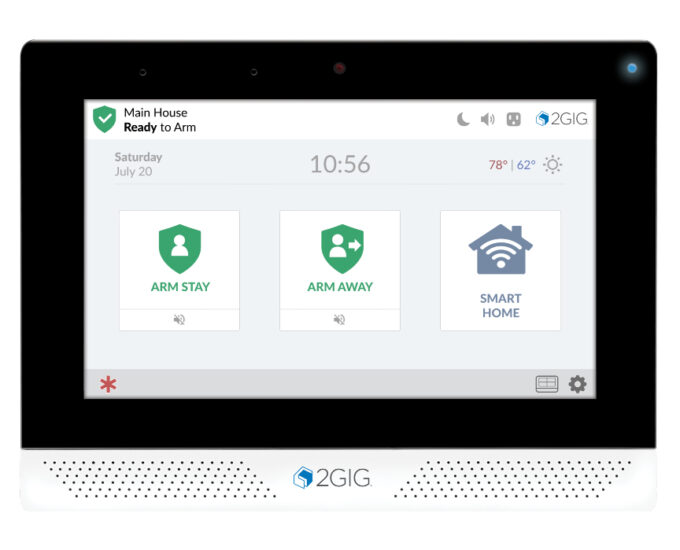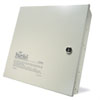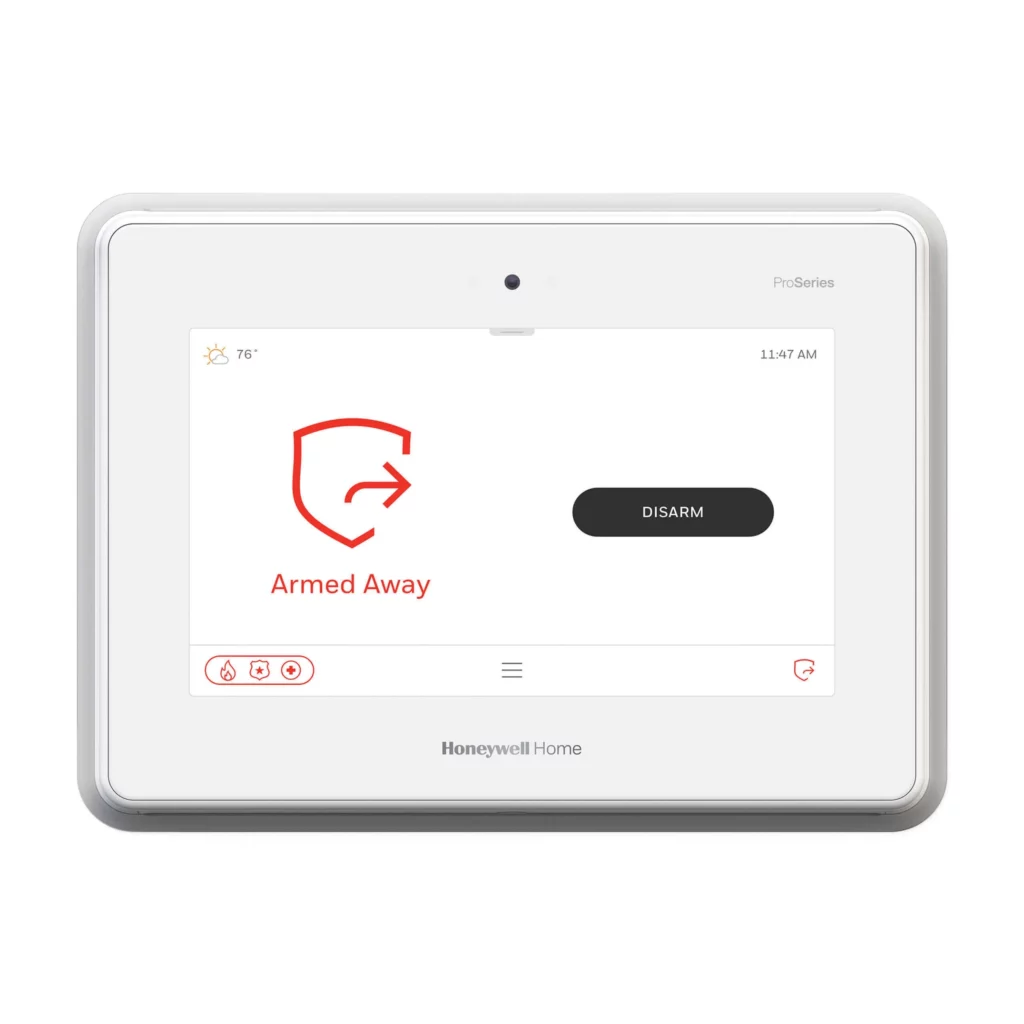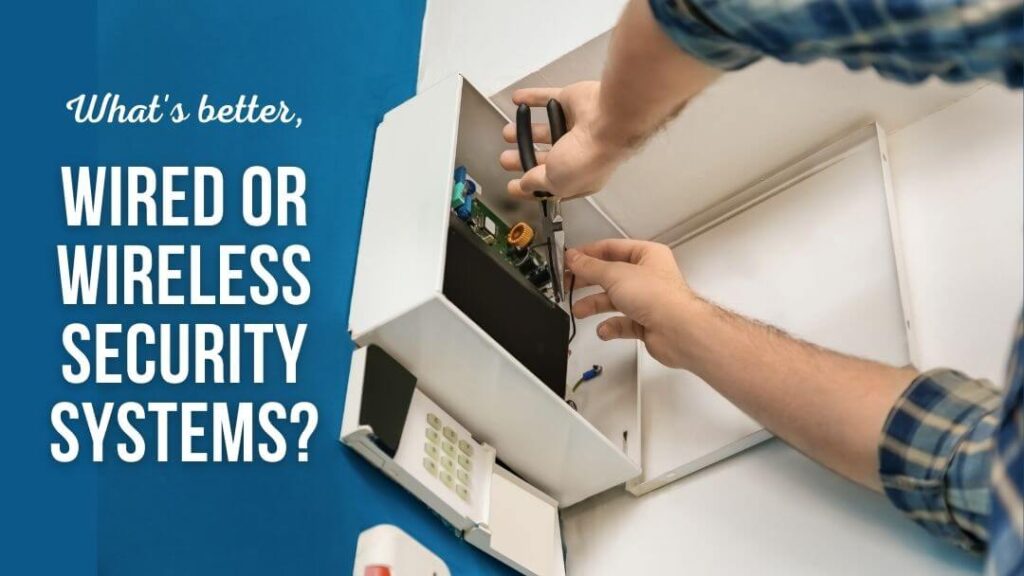Security Systems
We proudly install high quality systems by the following manufacturers:




2GIG Alarms
The 2GIG EDGE™ panel sets a new benchmark in form and function with its sleek design that is thinner and more powerful than ever. Our on the edge processing technology is the difference that enables touchless disarm and the industry-first home security system with built-in face recognition and analytics within the panel itself – so private data stays private for greater peace of mind.
Features:
- Industry-first face recognition disarm with a fast and powerful processor delivering amazing rich colors on a brighter and larger screen.
- Sleek, thin design is easy-to-use with updated and intuitive UI providing one button access to smart home functions and home automations.
- Superb audio quality with twice the speakers, double the microphones. Added noise and echo cancellation with two-way communication.
- Integrated Z-Wave Plus 700 V2 (700 series) with the ability to create and execute scenes and schedules.
- Alarm.com compatible
- Pair the 2GIG EDGE with the 2GIG EDGE Remote Keypad as additional panels in the home. The 2GIG EDGE Remote Keypad provides many of the easy-to-use functions with a consistent user interface and wireless system. And with the on-board camera, it streams to the 2GIG EDGE panel and other 2GIG EDGE Remote Keypads.
DSC Alarms
PowerSeries Control Panels have a proven reputation for providing the value and dependability that security professionals demand. The modular design of the PowerSeries v4.5 Control Panels provides even more value-added features including support for CO detectors, an automatic synching feature to reduce install time and the flexibility of different alarm reporting paths.
Features That Make a Difference:
• CO detector support: wireless (WS4913) or hardwired (generic)
• Updated PowerSeries Keypads (PK and RFK models) support CO detectors
• Updated PowerSeries Wireless Receiver(RF5132) supports wireless CO detectors
• Alternate communicator call routing via GPR Sand IP
• Automatic Contact I Dover GPRS
• Automatic Sync for alternate communicators
Standard PowerSeries Features:
• Template programming
• Local and remote downloading
• Programmable Daylight Savings Time
• Automatic CID
• 2-wayaudio
• 1 time use code
• Keypad lockout
• Programmable false alarm reduction features including audible exit delay and fault, quick exit, automatic arm/ disarm, programmable bell delay timer, etc.


Resideo/Honeywell Alarms
Designed for professional installation, this highly scalable All-in-One Security Panel alerts you to movement and potential intruders, allowing you to verify these by video – so no more false alarms from mischievous pets. The Panel has a built-in camera and takes photos of users when system is disarmed viewable through Resideo Total Connect or the event log.
What’s more, 24/7 professional monitoring can verify alarms and alert appropriate first-responders if necessary. Put simply, no matter how big or small your world, ProSeries helps you keep it safe and secure, wherever you are.
The Pro-Series All-in-One Security Panel supports a wide selection of sensors and devices using SiX™ two-way, wireless technology with highly secure AES-128 encryption. The panel also supports a variety of one-way wireless protocols including legacy 5800.

Wired and Wireless Options
A wireless security system usually refers to a system where no wires run from the control panel to the doors, windows, motion detectors, etc. Often people install wireless due to no landline connection or because they don’t want to worry about drilling holes to install a wired connection.
A home already pre-wired or if it currently has an old hardwired system, then typically we’ll use the wiring that’s there and update the components. A lot depends on how many doors and windows are currently wired vs not. All hardwired systems have wireless capability these days with component upgrades if the existing system isn’t capable.
If you’re like many people who only have 3 wired doors and a motion, we recommend a wireless system. The wireless systems are more advanced and have more features out of the box. They are also usually less expensive.
If you don’t have any wiring and your home is finished, we advise you to go with a wireless system unless you must have with a keypad or another feature that you can only get on the hardwired system. Often there will still be some wireless components like door or window sensors.
WIRED OR WIRELESS IN A NEW HOME?
If you’re building a new home or office or remodeling one of the two, then it depends on your situation whether you should go wired or wireless.
Consider the six points below to help make your decision.
- It requires two to three times the labor to pre-wire and then return to finish the installation. So it takes longer and multiple visits to install a hardwired system. Because it takes longer, it also will cost more because of the labor involved. The technician needs to run the wires for the security system before they install the drywall or sheet rock. (They should do it preferably before the insulation as well.)
- A hardwired system is more a la carte and custom then a wireless system. This means it will likely be a larger investment to do hardwired. But there are some really nice things you can add to a hardwired system. The wireless system comes with lots of features out of the box.
- A hardwired system has the keypad separate from the control panel and it’s usually smaller. Does that matter to you? Most people don’t care about that, so they go with wireless.
- A wireless system will need batteries in the door and window sensors and the motion detectors. If you have a good quality system, the batteries will last you 5-10 years. So the batteries are not really an issue since you won’t be changing them very often, if at all.
- You can take a wireless system with you when you leave. You can’t take a hardwired door sensor with you (since it involves wiring in the walls).
- Most of the time if it is pre-wired, there are some wires that will get cut, pinched, or broken in between the pre-wire and the finishing installation. This is usually from the many other contractors in the home. This means the homeowner pays for the pre-wire and then has to pay for a wireless sensor for the windows and doors if the cut wire(s) can’t be located.
In most cases, we would recommend wireless systems but always work with you to evaluate your personal situation and needs.
